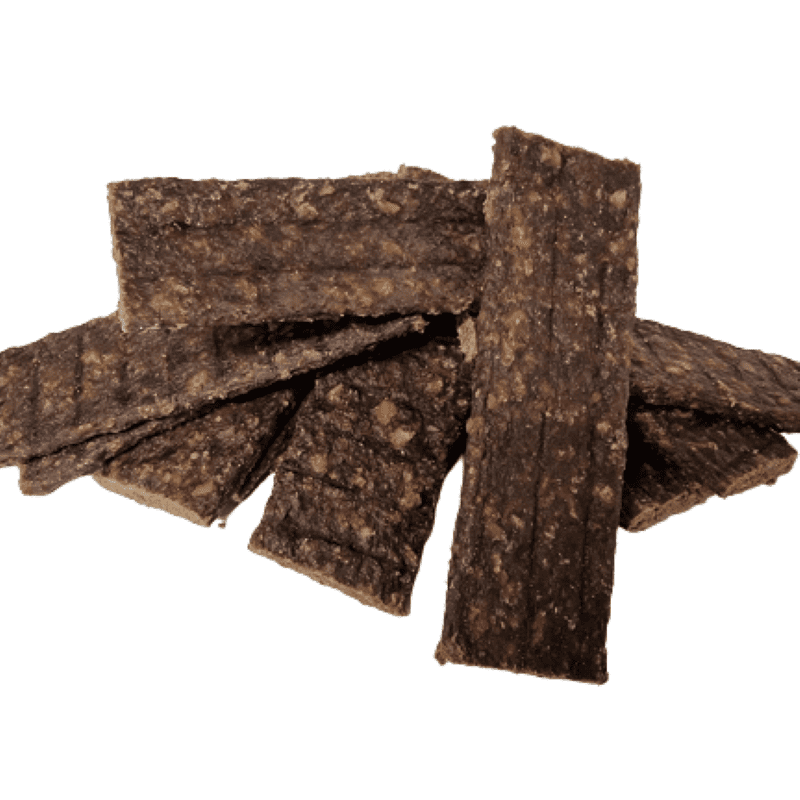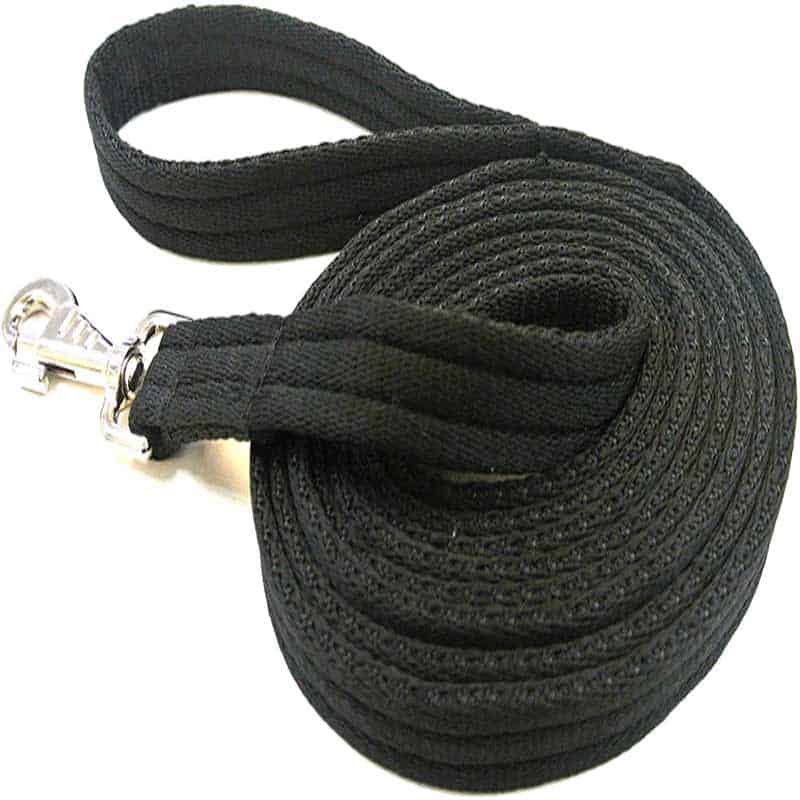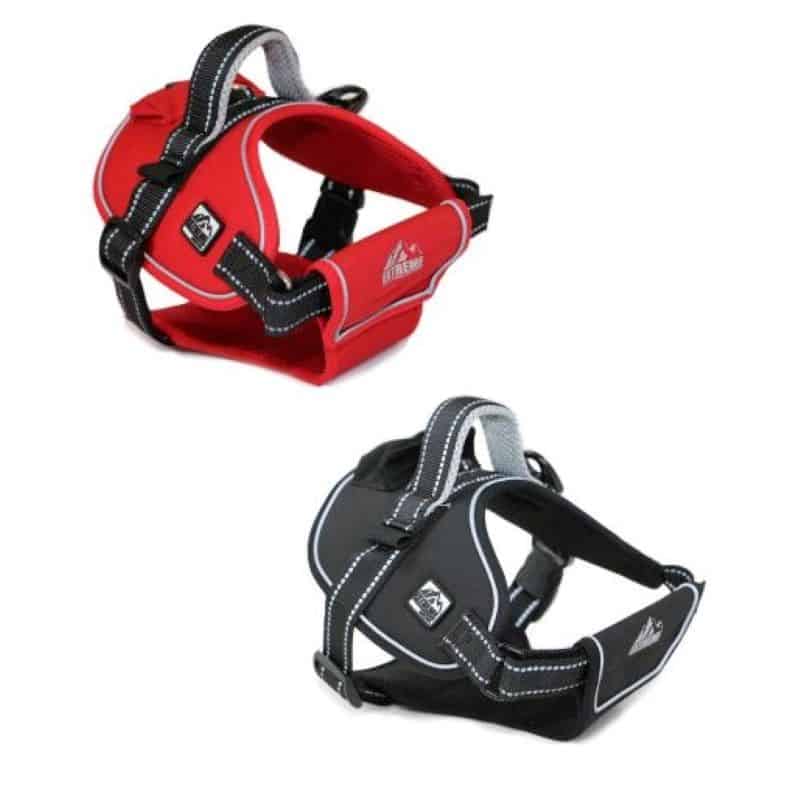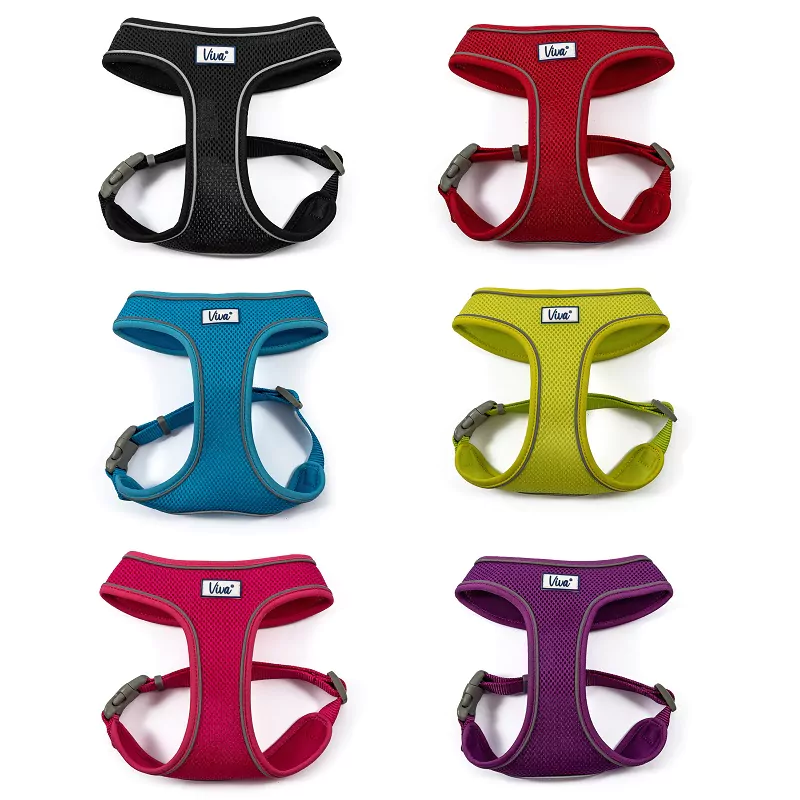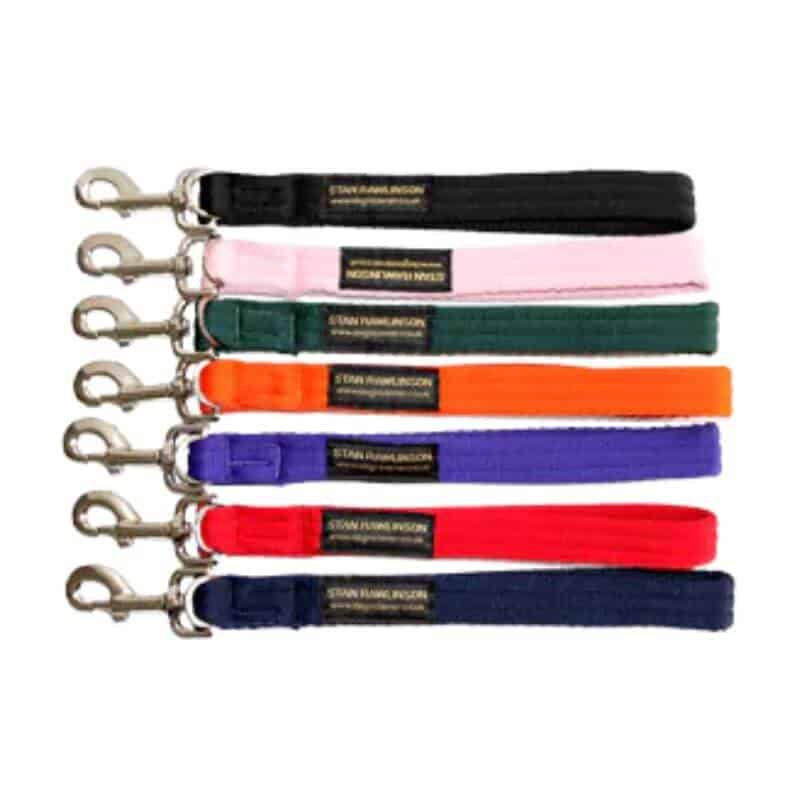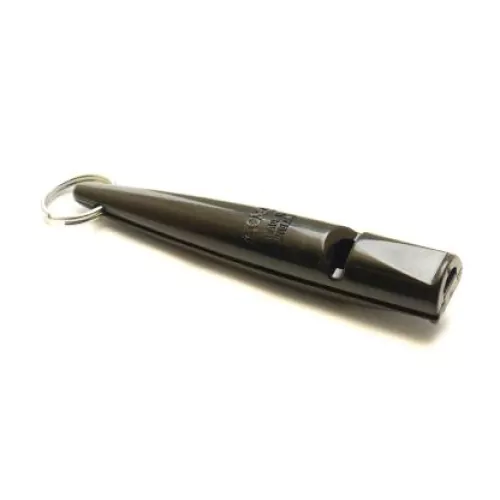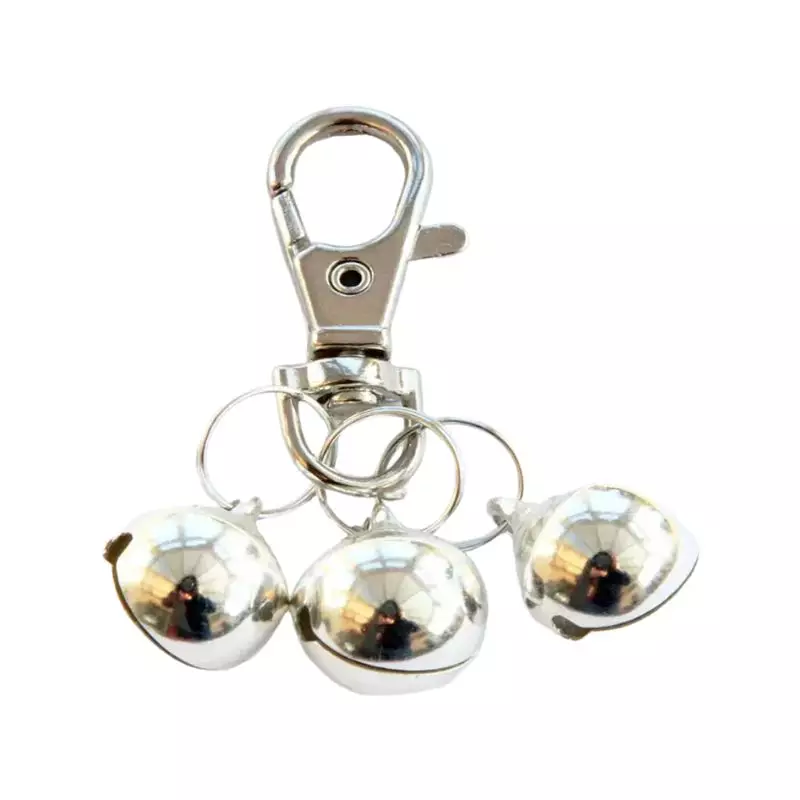Recall Training Older Dogs
How to Train a Junior or Adult Dog to Recall Off Lead
Poor recall training is one of the main reasons dogs are stolen or lost. This article will help you to get a solid recall from your dog and may actually save you the grief and agony of having your dog stolen by crooks and dognappers
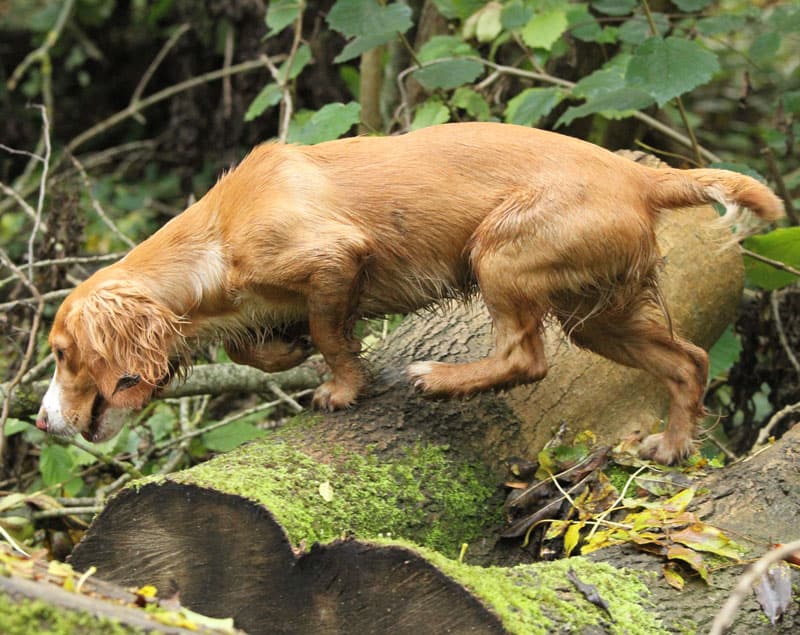
I am asked to correct recall problems more than any other issue, especially with working and gundog breeds.
Once they get on a scent then you can get something called selective deafness.
Having said that all breeds suffer from this problem. We are told that some breeds are untrainable or that they can never be trusted off the lead.
Beagles and Huskies fall into this category as do some of the Terrier breeds. I do not subscribe to this myth, I believe all dogs can be trained to a reliable recall. level
The key is to start early see That does not mean that you cannot correct recall problems later in life, but it is always best to train early so the problem never occurs.
The number of people that come into my store and say my puppies recall is fantastic almost taught itself. And I always say wait until 5.1/2 months then come in and tell me how good the recall training is. You must start recall training from the first time you ever take your puppy out and buy a whistle at the same time as a lead and collar and read this. (1) Puppy Recall
Dramatic Rise in Dog Thefts:: There has been a massive increase in dog thefts over the last 5 years with unscrupulous individuals and gangs praying on our pets for either financial gain or for dogfighting. Now more than ever the importance of the stop whistle and a strong recall is essential for the security and future of our dogs.
I have written an article and started a petition to change the law on pet theft and for our lawmakers to accept that our pets are sentient. They have the capacity to feel emotions such as distress, love, loss, pain and fear, which makes them sentient. If they are classed as sentient, then the laws regarding the theft of our beloved pets must be far harsher. It is not just the animal’s owners that are terribly affected by the loss but the impact on the pets themselves would also have to be taken into account. read my article (2) The Dramatic Rise in Dog Thefts
Recall Video: There is a little video taken on my phone recently. I am with four of my dogs, just messing about with a bit of whistle and voice control work at the bottom of this page

I doubt if anyone could train a Collie to win a gun dog field trial championship, or a Labrador to win one man and his dog.
The one thing both have in common is a great recall to be able to perform the tasks required of them.
The problem we see with some of the breeds is that instinct takes over, that instinctual trait reduces some of the senses.
The sense that is often de-tuned or switched off is hearing, we imagine our dogs can always hear us clearly. That it is just selective deafness or stubbornness that is the cause of dogs ignoring our recall commands. In actual fact, genetics often takes over. Without early counter conditioning, we cannot cut through the desire to either hunt, chase or herd,
We Also Show This Behaviour: Imagine you are watching a gripping wildlife program or the world cup final and England are in it and winning. OK, I accept that is stretching credibility to the absolute limit. Someone then starts talking about shopping, we hear the sounds, but often do not understand the content. Our brain has effectively de-tuned anything that is not related to what we are concentrating on.
We are not being rude or ignorant (though try telling the other half that) the brain is genetically hardwired to react this way. However, if we were specifically trained to react to an audible cue/signal rather than words, then we would shift our attention to the person emitting that signal much more readily.
Therefore, a whistle is ideal for this exercise and purpose. I am sure we have all read the books or been told we should not start training our dogs until six months of age, or in some cases a year; that is totally and utterly incorrect.
Dogs learn more in their first 16 weeks than the rest of their life, times 10. It is at this time that they are at their most receptive; they soak up information and experiences like sponges. Learning tends to be permanent when learned at this age.
| Is your dog pulling on the Lead, Unruly, Bad Recall, Aggressive on Lead, Jumping Up? See my article and Video Clips on how to stop this. The Jingler |
The Sit Stay: Recall cannot start until you have a solid Sit Stay this is the base you build on for all recall training. If you are already having recall problems then you need to go back to basics you will need to practice the sit-stay command at home.
To teach this correctly the dog should be on a lead preferably a minimum of 5.8 foot long. To set this quickly you will also need a (3) Jingler to see my website for this incredibly effective device. It can be done without a jingler, however, it is never as strong or as quick
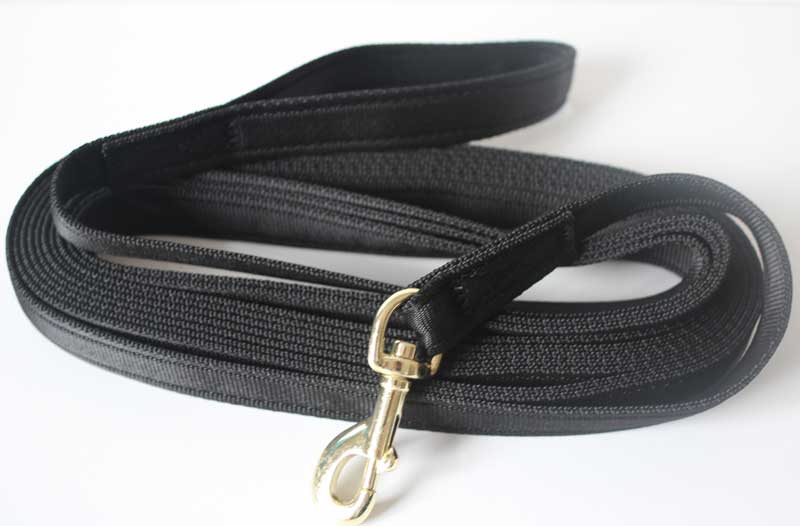
Once you feel you have mastered this, it is time to use the Recall Training Lead.
See my website for my specially made (4) and (5) Recall Training Leads
One is made in strong canvass and is 24 feet long with a handle.
The other is 26+ long and made from the same material as my normal leads it also comes with its own carry case.
Practice the sit-stay in the park or field but this time with the 25-foot lunge rein; take a friend if you can who will hold the dog whilst you hide behind a tree or fence then call the dog when he finds you give him a favourite treat I use all my own brand of natural air dried treats the best for training is small Rabbit Cubes I also use Air Dried Sprats which I sell in my store they are also brilliant for training. If the dog is not treat orientated then praise or a game is a good incentive (6) Air Dried Natural Treats
Then start to allow the dog to walk free, but with the lunge rein dragging behind. Then start standing on it at different lengths whilst issuing the whistle command to stop. One single blow of the whistle, so the dog thinks you are in control at all distances.
The Stop Whistle: You will need a harness for this You can use a ball or a toy or a recall dummy. Get the dog to recall normally with no lead or restraint. once the dog is used to doing then put the dog on one of my normal leads, not a slip lead but drop it and stand on it. Put the whistle in your mouth so you are ready to blow it, then throw whatever you want it to chase, the dog will only get a few inches before it is brought up short by the lead. As this happens, blow the long single stop whistle. After a short while, the dog will not move. It is then you give it permission to get the ball, You can say fetch or ball or any word you want to use.
As soon as the dog picks up the object blow your recall two peeps on the whistle and open your arms and encourage it to bring it back. You can start all this in your home. Once you think the dog has got it put on the long lunge and allow more slack throw the ball if the dog stays then treat and praise then give the dog permission to retrieve, lots of praise. I cannot emphasise how important this is to practice it daily. Make sure you have got this as tightly controlled as possible before removing any of the leads.
If the dog takes off after a bird or another dog; stand on the lead or pick it up to stop the charge and blow the stop whistle for the stop command at exactly the same time as you stand on the lead. That is one long single blow when the dog has stopped then two peeps for the recall and hold your arms out to tell the dog to come. The dog will get the message that you are in control and cease chasing after a while. During all of this work, we must give the dog lots of praise, games, and treats.
Harnesses: It is important to have a harness on when you are doing this with the long lunge rein so you cause no damage to the neck. There are only two reasons I would ever use a harness on a dog. One is for recall training and the other is as a car restraint. The reason I say that is you cannot control a dog from the middle of its back and they work on pain and discomfort. Read (7) Choosing the Right Lead and Collar It explains why I say this.
After a few weeks of keeping the lunge rein on you can reduce it down by putting on my normal lead then after a few more weeks put on a (8) Mini Lead leave this on as long as required. The weight and feel of this lead will make him believe he is still attached. If your dog reverts you have taken the lunge rein off too soon.
As always, the best strategy for training is to set your dog up to succeed and to not condition in a problem that will have to be rectified later on in the training.
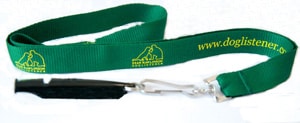
Whistle Introduction: I believe that a whistle is one of the most important tools for training recall. You will never see any self-respecting dog owner without one.
The reason is simple. Whistles travel much further than the human voice, especially on windy days. They also do not show emotion or panic, unlike the human voice.
More importantly, the whistle is the same tone whoever is out with the dog. I always use ACME whistles they are the best on the market. if you lose one you can get the exact same sound from another Acme 211.5 whistle. I sell these whistles and they come with a lanyard. Click on the picture to learn more.
If you should lose a normal whistle, then buying a replacement means setting the new whistle to the dog again, which takes about ten days. However, this does not happen with Acme whistles. Acme whistles are manufactured to an exact tone and pitch, all you have to do is take note of the number, then buy the same number and you are back in business.
I recommend at least two whistles if you have a partner or someone else you walk your dog with then you can blow the whistles back and forth when out training. Get your friend, family member or partner to move 100 yards away then get them to blow the whistle to get the dog to come to them. Treat and praise then you blow the whistle to get the dog to come back.
Unfortunately, silent whistles are adjustable, therefore, they all have different tones. Lose one and you will have to reset the new tone to the dog and that takes ten days. Therefore, I do not recommend them.

Extend this by putting the dog in another room and repeating the process.
Make sure you have the whistle with you at all times and whistle, reward, and treat until the dog is really happy to come back to you.
Another great way of setting the whistle you will need two whistles. Position your dog in the middle of two people, close enough to touch,
Get some treats, high-value ones like Sprats. Blow one peep on the whistle if he doesn’t look at you blow again and either touch his ear or his muzzle to gain hi attention,
When the dog looks at you immediately say “good” “take it” and give the treat. Then the person behind the dog does the same. Do this for a week or so and the dog will really start responding to the whistle and will come running eagerly back.
“Good” is the same as a clicker and “take it” Is permission to take your treats. Gradually remove the treats completely when learning has occurred.
If you are having recall problems with a more mature dog it normally means you have not followed the principles of teaching pups a solid recall. see my article on Puppy Recall.
However it is not impossible, it just takes more time. Food games and affection are great motivators for most dogs – begin by using the whistle to call the dog to each meal, even if it is eagerly sitting next to the bowl. Start by using the sit-stay from a distance with the food (see below).
If the dog is not motivated by treats try using a favourite toy to come back and play with. That is how sniffer and search and rescue dogs are trained generally with a ball game.
Move on to calling the dog from further away, whistle then treat and praise the dog when it returns. Do not make the dog sit as it will think you are praising and treating the sit rather than the recall. When you are ready to brave the big wild world then, leave out the evening meal the day before if you feed only once, and if you feed twice leave out the morning meal. Take your dog somewhere without too many distractions preferably enclosed. You must use a long training lead.
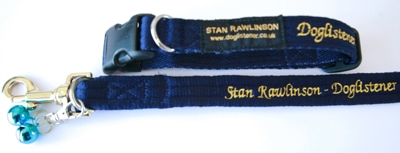
For the sit-stay, you need a quality lead and a good wide collar. All my leads are made of cushion web which makes them incredibly comfortable.
They are five feet eight inches long with a couple of innovations, such as a D-Ring for the Jingler and an O-ring at the handle end.
The O-ring is very handy for tying on your poo bags or putting the lead around your shoulder when the dog is off the lead.
It is also handy for clipping the dog to a lamppost or halving the size of the lead if you are in a busy area such as a high street. This is what you will need and the technique I have created to stop your dog from pulling on the lead: Click on the picture above to go to more detail on the leads, collar, and jingler
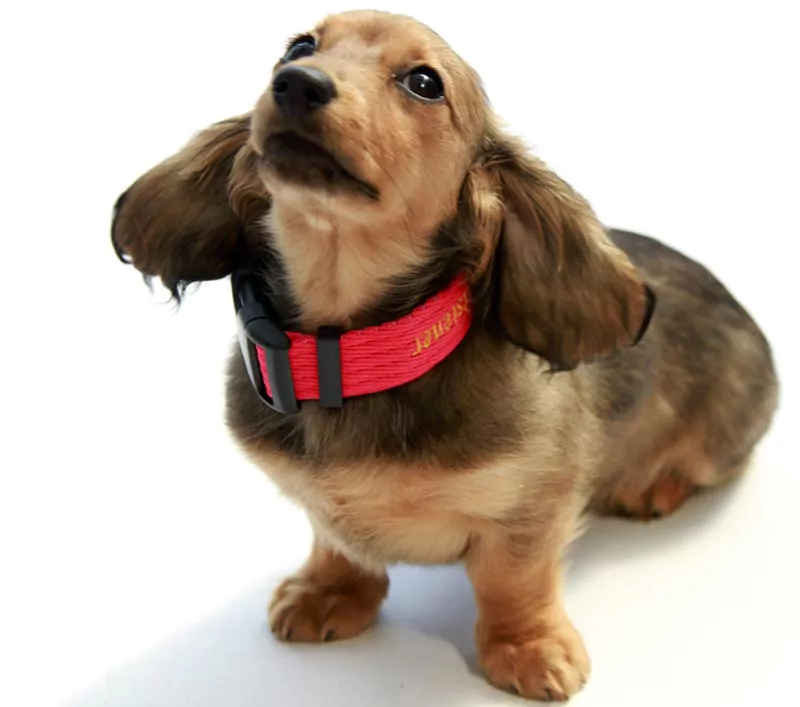
Make sure the collar is not thin or rolled as it bites into the neck and can cause damage.
You will find all this training is far easier with a Jingler, a simple device that uses sound therapy to make the dog concentrate on your commands and actions.
Simply put, a jingler tells the dog when it has done something wrong.
It is effectively the opposite of a clicker which tells the dog when it has done something right, the jingler gives an audible cue when the dog has erred.
The supposedly modern Positive Reinforcement only methods are generally ineffective and wishy-washy and the trainers that are claiming they are positive only, do not understand that just putting a dog on a lead is negative punishment. See my article (9) Killing With Kindness.
I designed and developed the Jingler personally. It goes on the end of the lead near the collar. This focuses the dog by using sound therapy.
Never use a check or choke chain this is a barbaric method of lead control and can cause long-term damage. You can also throw away the halti’s, head collars, and chest harnesses that only serve to restrain rather than retrain and use pressure and pain to be able to work.
The little video clips shown below were taken on my mobile.
©Stan Rawlinson 2003 Updated regularly the last update May 2020
(1) Puppy Recall
(2) The Dramatic Rise Dog Theft(s
(3) Jingler
(4) Recall Long 26 Foot Cushion Web Lead With Case
(5) Recall 24 Foot Lead
(7) Choosing the Right Lead and Collar
(8) Mini Recall Lead


